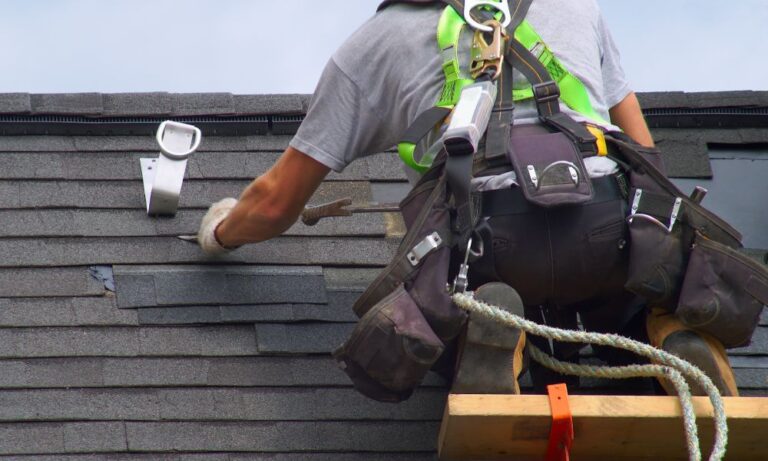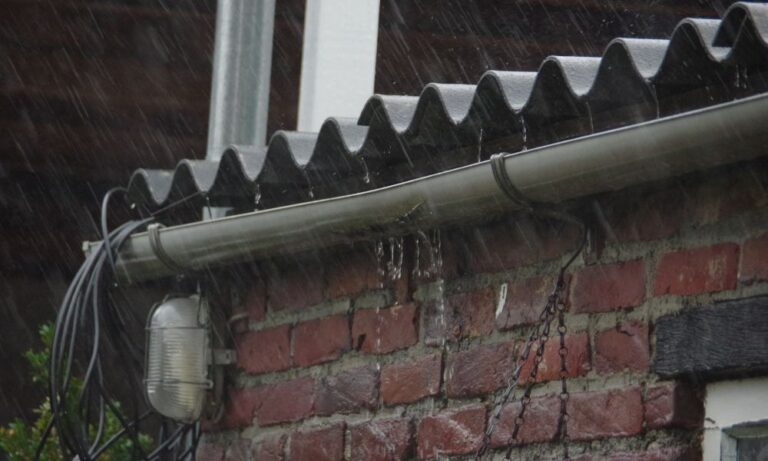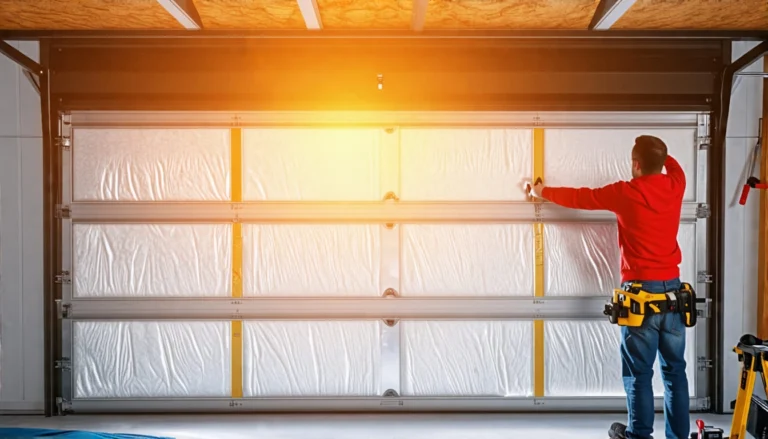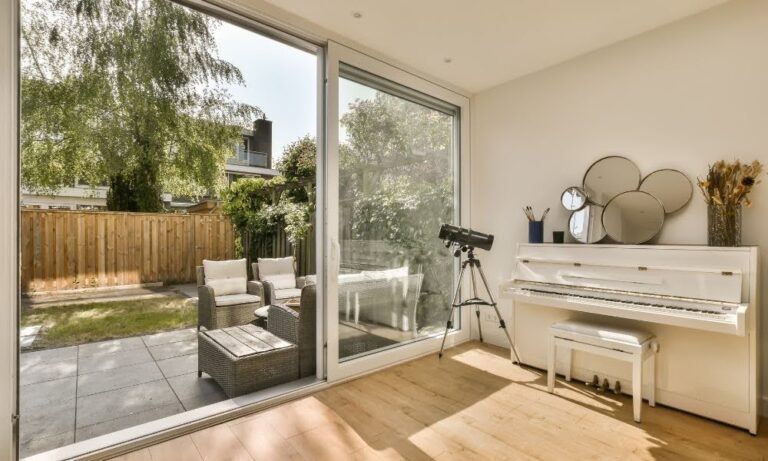Home Renovation Checklist: Transform Your Space with Confidence
Embarking on a home renovation journey can be both exciting and overwhelming. Whether you’re redesigning a single room or undertaking a full-scale renovation, having a well-organized checklist is crucial to ensure the process runs smoothly.
A comprehensive home remodel checklist helps you stay on track with your goals, manage your budget effectively, and keep stress at bay. It breaks down each phase of the renovation into manageable tasks, ensuring you pay attention to important details.
Understanding the importance of a checklist allows you to transform your space with confidence, making your dream home a reality.
Pre-Planning Phase
Before diving into a home renovation project, it’s critical to undertake a comprehensive pre-planning phase. This initial stage can set the foundation for a successful transformation of your space.
Assessing Your Needs and Goals
Begin by thoroughly evaluating your needs and defining clear goals. Consider what parts of your home require attention and how you envision the final outcome.
Whether you need more space, better functionality, or a modernized aesthetic, having well-defined objectives will guide the entire renovation process.
Determining Reasons for Renovation
Understanding why you want to renovate is crucial. Are you looking to increase the property value, accommodate a growing family, or simply update an outdated interior? Clarifying your reasons will help prioritize tasks and allocate resources effectively.
Setting Budgetary Constraints
Next, establish a realistic budget. Factor in all potential costs, including materials, labor, permits, and unexpected expenses.
A well-defined budget ensures that your renovation remains financially feasible and helps prevent overspending.
You’ll also need a budget to determine the kind of construction team you’re hiring, to go through the permit process, and to pin down every detail in your whole-home remodel checklist.
Research and Inspiration
Gathering ideas and inspiration for your whole-house remodeling is an exciting part of the pre-planning phase.
Browse through magazines, online platforms, and social media to compile a collection of design concepts that resonate with you. This will help shape your vision and provide direction for the renovation.
Researching Design Trends and Styles
Stay informed about the latest design trends and styles to ensure your renovation is both current and timeless. Researching various aesthetics, from contemporary to classic, can help you decide on a cohesive look that enhances your home’s appeal.
Finding the Right Professionals
Choosing the right professionals is paramount to a successful renovation. Start by identifying reputable contractors and architects with a proven track record. Personal recommendations, online reviews, and professional directories can be useful resources.
Interviewing and Selecting Service Providers
Conduct thorough interviews with potential service providers to gauge their expertise and compatibility with your project. Ask about their previous work, approach to challenges, and project timelines. Selecting the right team ensures that your vision is executed with professionalism and skill.
Budgeting and Financing
Setting a Realistic Budget
The first step in any home renovation project is to set a realistic budget. Assess your financial situation and determine how much you can afford to spend. Be honest about your limits to avoid unnecessary stress and financial strain.
Estimating Costs for Materials and Labor
Next, you need to estimate the costs for materials and labor. Get multiple quotes from contractors and suppliers to find the best deals. Keep in mind that quality often comes at a higher price, so balance cost with the durability and lifespan of materials.
Contingency Planning
Always include a contingency fund in your budget. This additional 10-20% of your total budget can cover unexpected expenses and changes that arise during the renovation. Contingency planning helps you stay on track financially despite any surprises.
Exploring Financing Options
Understanding your financing options can make or break your renovation project. Research different types of loans, grants, and financial assistance programs that can help you fund your project. Each option has its own benefits and drawbacks, so choose the one that best fits your situation.
Loans, Grants, and Financial Assistance
Home improvement loans, grants, and other forms of financial assistance can be a lifeline for budget-conscious renovators. Look into federal, state, and local programs designed to assist homeowners. These can significantly alleviate the financial burden and make your renovation more affordable.
Managing Cash Flow
Effective cash flow management is crucial to ensure your project runs smoothly. Track your expenses meticulously and monitor your budget closely. Make sure payments to contractors and suppliers are timely to maintain good relations and keep your project on schedule.
Design and Layout Planning
Creating a Design Plan
The first step in any home renovation is to create a detailed design plan. This involves envisioning how you want your renovated space to look and function.
Consider elements such as the style, color schemes, and the overall ambiance you wish to achieve. Collaborate with a designer or use design software to compile all your ideas and create a visual representation of your dream space.
Floor Plans and Layout Considerations
Once you have a clear design vision, the next step is to develop floor plans and layout considerations. This involves strategically allocating space to different functions and ensuring that the flow of the room is logical and practical.
Pay attention to the placement of electrical outlets, plumbing, and furniture to optimize the usability of the space.
Choosing Materials and Finishes
Choosing the right materials and finishes is crucial in bringing your design plan to life. This includes selecting flooring, countertops, cabinetry, paint, and fixtures.
Balancing aesthetics with durability and maintenance requirements will ensure that your materials not only look good but also stand the test of time.
Energy Efficiency and Sustainability
Energy efficiency and sustainability have become essential considerations in modern home renovations. Implementing energy-efficient solutions can significantly reduce your utility bills and environmental footprint.
This includes selecting energy-efficient appliances, installing proper insulation, and considering solar panels or other renewable energy sources.
Integrating Eco-Friendly Solutions
When planning your renovation, aim to integrate eco-friendly solutions wherever possible. This can involve using low-VOC (volatile organic compounds) paints, recycled or reclaimed materials, and installing energy-saving lighting and heating systems.
Eco-friendly choices not only benefit the environment but also improve the indoor air quality of your home.
Selecting Green Building Materials
Opting for green building materials is a vital part of sustainable renovation. Look for materials that are non-toxic, sustainably sourced, and have a low environmental impact.
include bamboo flooring, recycled glass countertops, and insulation made from natural fibers. These materials help create a healthier living environment while supporting ecological balance.
Demolition and Construction Preparation
Preparing Your Home for Renovation
Embarking on a home renovation project begins with meticulous preparation. It’s essential to plan and communicate effectively to set the stage for a smooth transition.
Start by identifying the areas that will undergo renovation and create a detailed timeline and budget for the project.
Temporary Living Arrangements
During the renovation, parts of your home may become uninhabitable or unsafe. Consider setting up temporary living arrangements, whether that means staying with family or friends, renting a nearby apartment, or even setting up a comfortable space in an unaffected area of your home.
Protecting Furniture and Valuables
Before the demolition begins, take the time to protect your furniture and valuables. Move items to a secure location or cover them with protective materials such as drop cloths or plastic sheeting. This will help prevent damage from dust, debris, and accidental impacts.
Demolition and Structural Changes
The demolition phase involves breaking down existing structures to make way for new ones. This can range from removing non-load-bearing walls to dismantling cabinetry and fixtures.
Ensure you have a clear understanding of which structures can be safely altered and which require professional assessment.
Safety Precautions
Safety should always be a top priority during demolition. Wear appropriate safety gear, such as hard hats, gloves, safety glasses, and sturdy footwear.
Additionally, make sure the construction area is well-ventilated and free from hazards like exposed wires or unstable debris.
Working with Demolition Experts
Hiring experienced demolition experts can alleviate much of the stress and potential danger associated with this phase.
Professionals bring the expertise and equipment needed to carry out the work efficiently and safely, ensuring structural integrity is maintained throughout the process.
Execution Phase
Managing the Renovation Timeline
A well-organized timeline is crucial for the smooth execution of any renovation project. Start by breaking down the project into smaller, manageable tasks and allocate realistic deadlines for each.
Ensure that all stakeholders, including contractors and suppliers, are aware of the timeline and their respective responsibilities.
Monitoring Progress and Milestones
Regularly monitor the progress of the renovation against the planned timeline. Set specific milestones to measure progress at various stages of the project.
Keeping tabs on milestones helps in identifying any potential delays early, allowing for timely intervention.
Dealing with Delays and Changes
Renovation projects often need more time to avoid unforeseen delays and changes. Effective communication and flexibility are essential in managing these challenges.
Maintain a buffer in your timeline to accommodate unexpected setbacks and have contingency plans in place. When changes arise, assess their impact on the project and adjust your plans accordingly.
Quality Control and Inspections
Quality control is paramount to ensuring the success and longevity of your renovation. Establish standards and specifications for materials and workmanship in advance.
Conducting Inspections at Key Stages
Arrange for inspections at critical stages of the renovation to verify that work is being completed to your satisfaction and according to agreed-upon standards.
Common inspection points include after demolition, before drywall installation, and before final completion.
Addressing Issues and Defects
Inevitably, issues and defects may arise during the renovation process. Promptly address any concerns by communicating with your contractors and suppliers.
Resolve defects by troubleshooting and taking corrective action to prevent reoccurrence. Keeping detailed records of issues and resolutions will help maintain a clear and accountable renovation process.
Installation and Finishing Touches
Installing Fixtures and Appliances
One of the crucial steps in home renovation is the installation of fixtures and appliances. This includes everything from light fixtures and ceiling fans to kitchen stoves and dishwashers.
Proper installation ensures functionality and safety, so it’s essential to follow manufacturer guidelines or consult a professional.
Plumbing, Electrical, and HVAC Considerations
Upgrading or installing new plumbing, electrical, and HVAC systems requires careful planning and expertise. Plumbing tasks might include fitting new pipes, installing sinks, and ensuring proper drainage.
Electrical considerations involve wiring, installing outlets, and ensuring all circuits are up to code. HVAC system improvements ensure your heating and cooling systems are efficient and up-to-date.
Kitchen and Bathroom Installations
Kitchens and bathrooms are often the focal points of a renovation project. Installing new cabinetry, countertops, and appliances in the kitchen can significantly enhance functionality and aesthetics.
Similarly, in the bathroom, updating fixtures like toilets, sinks, and showers can transform these spaces into modern, efficient areas.
Interior Design and Decoration
Interior design is where your personal style shines through. Choosing the right color palette, materials, and decorative elements can turn a house into a home.
Whether you prefer a minimalist, modern look or a cozy, traditional feel, your choices in design and decor set the tone for each room.
Furniture Arrangement and Styling
Arranging and styling furniture is an art that balances aesthetics with practicality. Consider the flow of each room when positioning furniture.
Ensure that there is ample space for movement and that the arrangement promotes conversation and usability. Thoughtful placement can make a room feel more spacious and inviting.
Enhancing Lighting and Ambiance
Lighting plays a crucial role in setting the mood and highlighting architectural features. Use a mix of ambient, task, and accent lighting to create a balanced and pleasing environment.
Consider natural light sources and complement them with strategically placed lamps and fixtures to enhance the overall ambiance of your home.
Final Inspections and Testing
Ensuring Compliance and Safety
Once your renovation project is almost complete, it’s crucial to conduct final inspections to ensure that everything complies with local building codes and safety regulations.
This step helps identify any last-minute issues or non-compliance that might have been overlooked during the construction process. A thorough inspection ensures that your newly renovated space is safe for use and meets the necessary standards.
Finalizing Building Inspections
To finalize the renovation, schedule a building inspection with your local authority or an independent inspector.
The inspector will review structural elements, electrical systems, plumbing, and other critical components to ensure they are properly installed and functioning.
A successful inspection results in an occupancy permit, which legally allows you to start using the new space.
Testing Systems and Utilities
In addition to building inspections, it’s essential to test all systems and utilities thoroughly. This includes checking for proper operation of electrical circuits, plumbing fixtures, heating and cooling systems, and any new appliances.
Ensuring that all systems are working correctly helps prevent future issues and guarantees that your renovated home is fully functional from day one.
Conclusion
Renovating a space is no small feat, requiring time, effort, and a wealth of resources. Throughout the process, you will encounter challenges that will test your patience and ingenuity, yet you will also experience moments of triumph as your vision slowly begins to materialize.
As you look ahead, the opportunity to enjoy your renewed space awaits. Revel in the satisfaction that comes from transforming your home into a place that better reflects your tastes and needs.
Host gatherings, spend quality time with family, or simply relax and appreciate the fruits of your labor. Your renovated space not only enhances your living conditions but also adds to the overall value of your property, making all the effort truly worthwhile.








